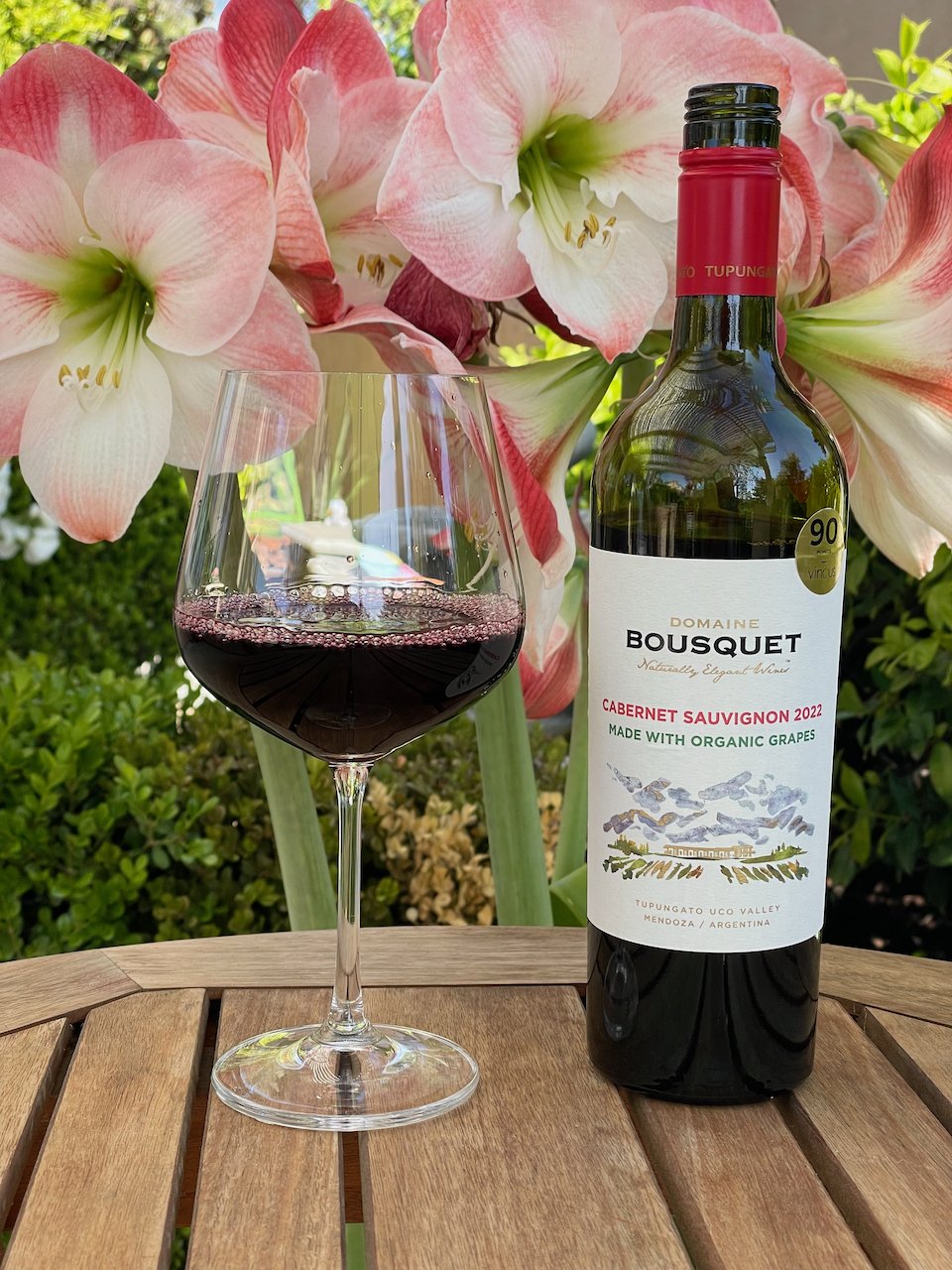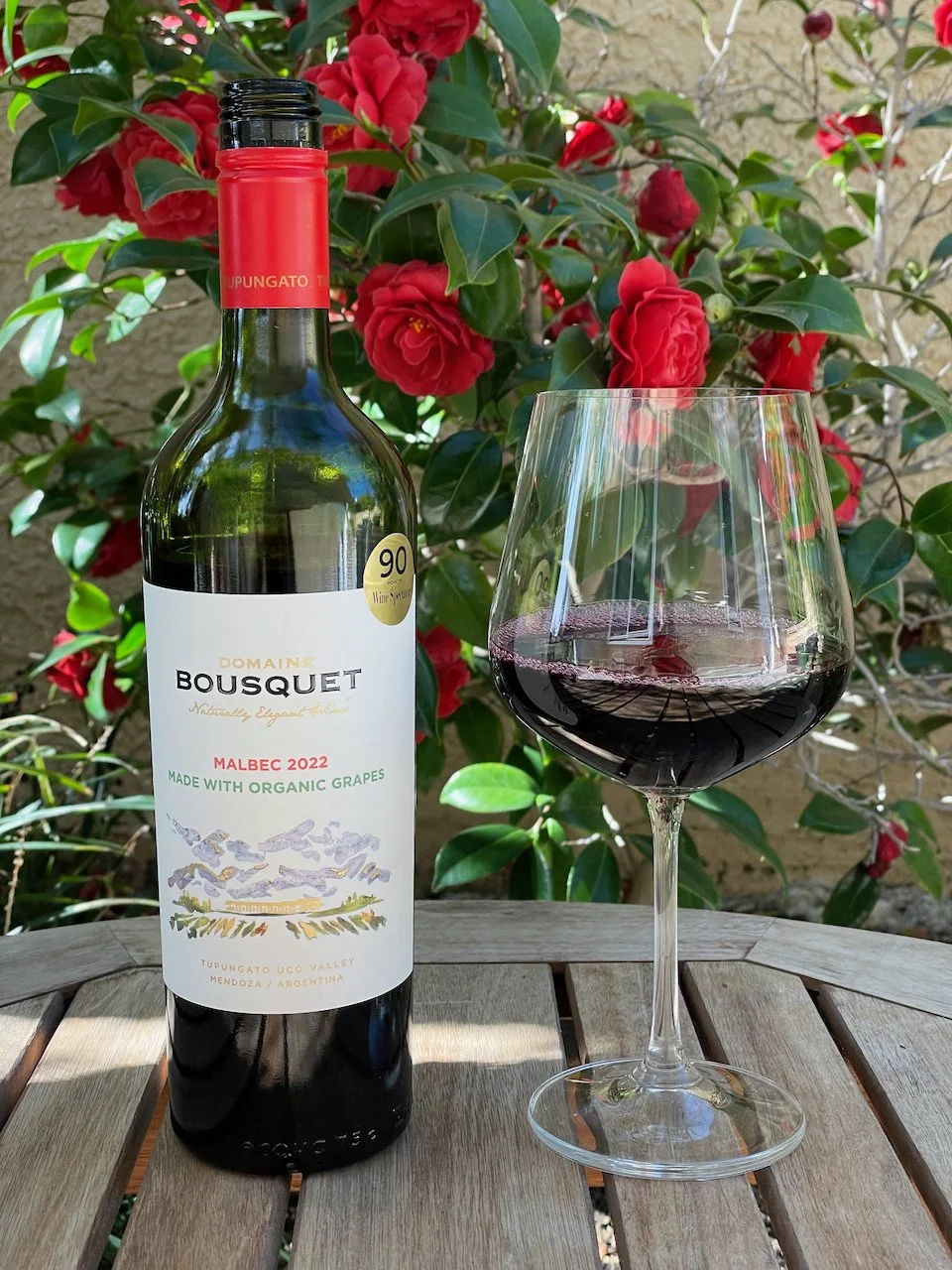Photo by Irene Kredenets on Unsplash
Wine can be beautiful shades of yellow, gold, pink, purple or ruby in color with pale, medium and deep intensities. But, where do all these beautiful colors come from?
The final color and hue of a wine comes down to how the various types of wines are made.
To produce white wines, the green grapes are pressed to extract the juice from the grapes for fermentation
For Rosé wines, red/purple grapes are pressed and the juice is briefly left in contact with the skins and seeds of the grapes before fermentation
With red wines, the grape juice, skins and seeds all stay together for fermentation
The key here is that all juice from grapes is essentially clear to begin with. It’s the skins of the grapes that imparts the final color to the wine.
You can actually produce a white wine from a red wine grape - you simply don’t allow for any contact between the clear grape juice and the skins of the red/purple grapes. So, you basically follow the white wine-making process but using red grapes. One of the most famous white wines that is made from red grapes is Champagne. Traditional Champagne is made from two red grapes (Pinot Noir and Pinot Meunier (Pee-noh Mehr-n'yay)) and one white wine grape (Chardonnay). Champagne is a white sparkling wine because the clear juice from the Pinot Noir and Pinot Meunier grapes are combined with the clear juice from the Chardonnay grape prior to fermentation with no skin contact.
So, again, a wine’s color is all about how long, if at all, the juice of the grapes is left in contact with the skins.
By the way, there is another color of wine and it’s orange. We’ll look into that next time. Cheers!






